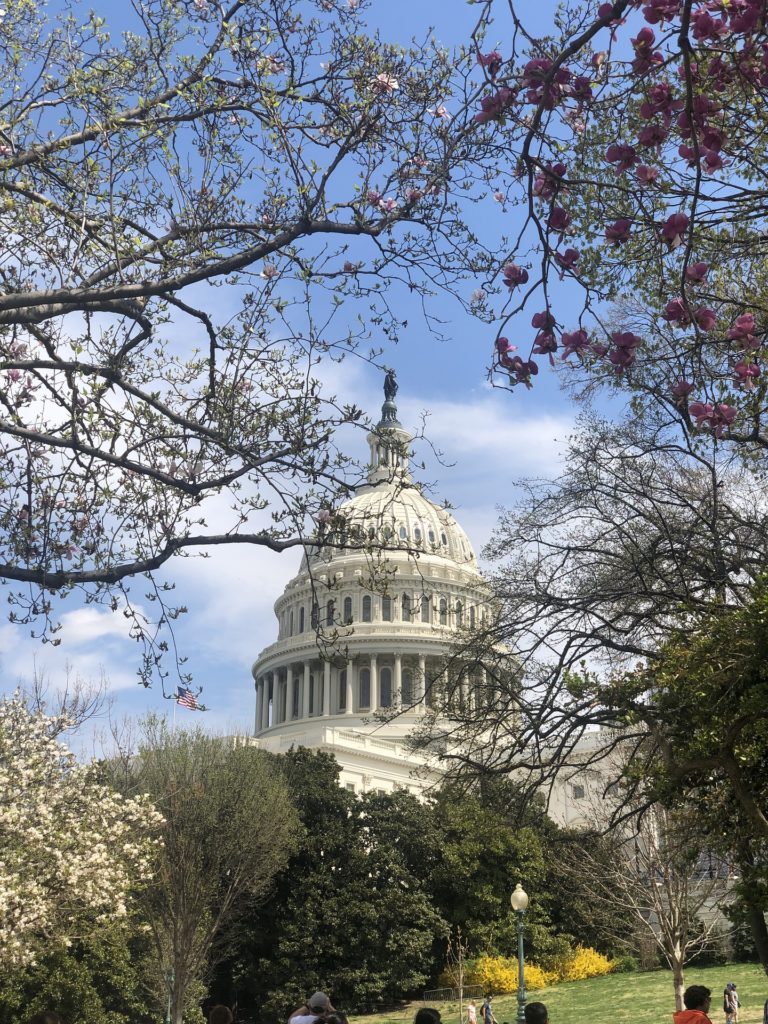One year into the outbreak, hospices nationwide are trying to decipher what the post-pandemic regulatory landscape will look like. This will include updates to the U.S. Centers for Medicare & Medicaid Services (CMS) survey process that were delayed due to COVID-19.
CMS is revising its survey process to emphasize what the agency considers to be the four core conditions of participation (COPs) most associated with quality of care and services provided directly to the patient, according to Captain Thomas Pryor, nurse consultant and hospice program lead for CMS’ Quality Safety & Oversight Group (QSOG). Pryor made the remarks in a keynote at the National Hospice & Palliative Organization (NHPCO) virtual Leadership and Advocacy Conference.
These include rules pertaining to patient rights, initial comprehensive assessment, interdisciplinary care planning and care coordination. Details on these updates should appear from CMS within the next few months as the agency revises its state operations manual and other resources.
“In terms of revised survey processes, the survey insert hospice team was actively exploring ways to refocus and revise the current survey process in response to the concerns raised or recommendations raised by the OIG reports from 2018 and 2019 around survey activities and patient care outcomes,” Pryor said. “Unfortunately, the public health emergency did delay the general timeline for this effort and the implementation of revised survey processes.”
Some conditions of participation with anticipated updates include those impacting patient rights and privacy (§418.52), patient assessment (§418.54), delivery and interdisciplinary coordination of patient care planning (§418.56), as well as hospice organizations’ program scope, quality and performance metrics and executives’ responsibilities (§418.58).
Regulators have increasingly zeroed in on the hospice space, including CMS and the U.S. Department of Health & Human Services (HHS) Office of the Inspector General (OIG). The OIG has looked hard at the industry in recent years to address concerns ranging from billing and claims to patient eligibility for the hospice benefit. Plans by regulators to delve deeper into these issues were delayed due to the pandemic.
Lessons learned during COVID-19 will likely shape some aspects of public policy in the years ahead, particularly in regards to health care, Pryor said.
Early in the outbreak, CMS issued 1135 waivers for certain hospice rules including flexibility for quality assurance and performance improvements, comprehensive patient assessments and onsite patient visits, volunteer requirements and certain staff training rules, as well as expanded use of telehealth services. These were intended to help alleviate some of the financial and operational pressures pummeling hospices, but they could lead to permanent change.
“Many of the challenges in the last year, those experiences provided valuable insights into some of the unintended outcomes or confusion during the public health emergency that you all were experiencing and the delivery of hospice care in the communities you serve,” said Mary Rossi-Coajou, senior nurse consultant for CMS, during the NHPCO conference. “These lessons learned will certainly be important to informing our guidance and hospice policies in the future.”
The rapid spread of coronavirus jolted the nation’s health care system, illuminating deficiencies in the delivery of acute, serious illness and end-of-life care. With millions of Americans falling ill to the virus and hundreds of thousands dying, a heightened focus has fallen on hospice and palliative care as providers seek to learn from the COVID-19 experience and grasp the long-term impacts.
One key consideration is whether temporary measures taken by regulators during the pandemic will remain in place in the long term.
Among the largest lessons hospices are learning is how to strike a balance between virtual and in-person care. Hospice providers have built up telehealth utilization for both medical visits and non-medical services during the pandemic. With patient and family support increasingly available through virtual and online avenues, providers and the people they serve have benefited from the expanded digital reach. CMS has made mention of plans to make permanent some of the temporary flexibilities expanding telehealth utilization, but it remains to be seen which rules will impact hospice providers.
According to Rossi-Coajou, the agency is aware that changes need to occur within the COPs because “practice has changed” in terms of the delivery of health care to patients and their families.
“We know there are changes that need to occur within the COPs because practice has changed,” said Rossi-Coajou. “For all of the hospices, we know telehealth made a difference during this pandemic. Data is really what drives change, so we have to be able to show why this is necessary and how do we do this now without impeding or compromising patient care.”
Hospice providers may have more answers soon. Rossi-Coajou said that HHS reevaluates the declaration every three months, with the latest 90-day period coming up in the beginning of April. CMS expects to make an announcement during or soon after the first week in April.
To prepare for the coming changes, hospices will need to be proactive in compliance planning and education to position themselves for success as regulatory updates continue to unfold around the delivery of end-of-life care.
“As we move forward, I would like to ask you to consider documenting not only the additional challenges you’ve experienced, but also highlight some of the innovative solutions you’ve discovered in overcoming the public health emergency’s challenges,” Pryor stated. “These lessons learned will certainly be important to informing our guidance and hospice policies in the future in terms of talking about ways we can collect and obtain those lessons learned from you as we move forward in the future.”



